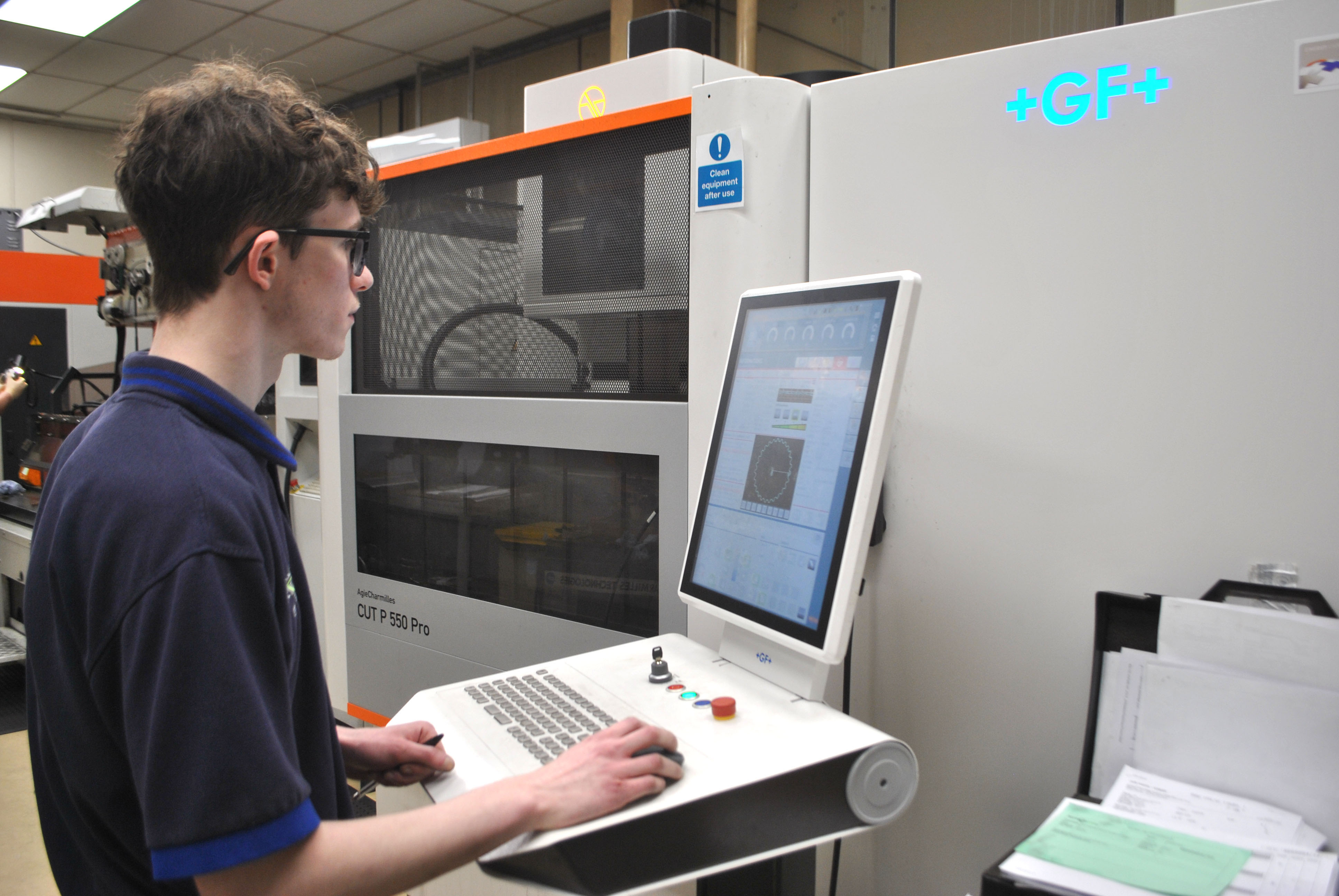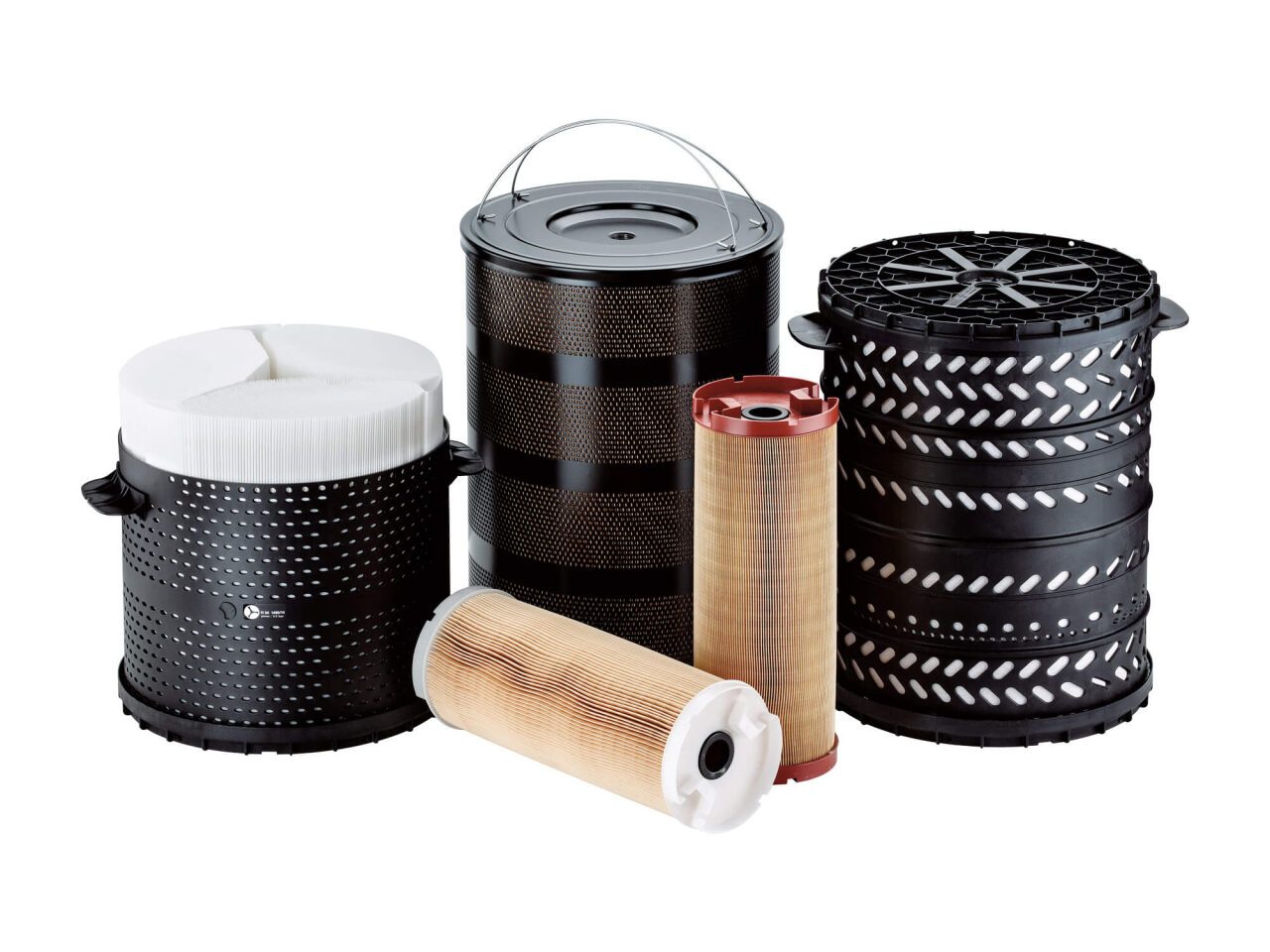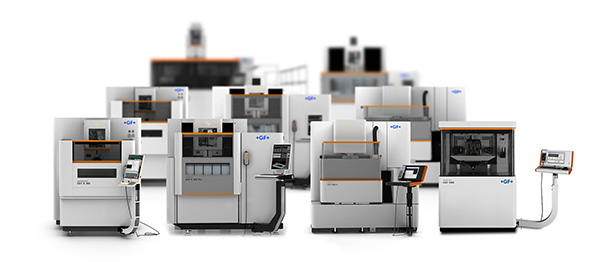GF Machining Solutions recently supplied a new wire EDM machine to Bedestone Ltd, a wire erosion and jig-grinding specialist based in Birmingham. The machine, an AgieCharmilles CUT P 550 Pro has taken its place alongside two, previously acquired, large-capacity wire EDM machines and two EDM hole drills, to create a flexible, responsive and high-precision wire EDM resource for its growing customer base.
Says co-owner and director, Richard Stanley: “The new machine has replaced an older Charmilles 330F wire eroder which, while still able to meet our accuracy and surface finish requirements, was relatively slow by today’s standards and was experiencing some reliability issues that, if left unchecked, would likely impact on our ability to meet customer lead times in the future.”
He continues: “We spent time identifying the key features and characteristics of the new machine we needed and approached a number of EDM machine tool manufacturers with our plans. We had also devised a challenging test cut [machining a precision spline] that we asked the participating machine tool manufacturers to undertake.”
The key performance indicators of the test cut were part accuracy and cycle time. On both measures, as it transpired, the CUT P 550 Pro wire EDM machine from GF Machining Solutions came out on top.
Says Stanley: “The CUT P 550 Pro was the best performing machine in the test cut, but our decision wasn’t just based on the results of the test. We also liked and responded positively to the business approach adopted by GF Machining Solutions. From the outset they were interested in what we were doing and where we wanted to get to. It felt more collaborative rather than merely a supplier providing a new machine to a customer.”
For further information www.gfms.com/uk





















